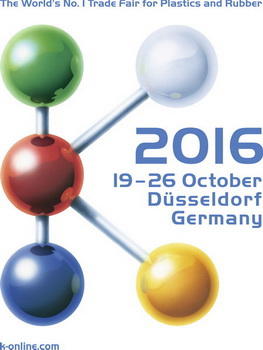
FDA publishes Draft Guidance For 3D-Printed Medical Products
FDA has issued new draft guidance, “Technical Considerations for Additive Manufactured Devices,” to assist medical device designers and manufacturers using additive manufacturing (AM), aka 3D printing, in the design, development and manufacture of regulated medical products. The recommendations in the document are non-binding and are being published for comment purposes only, notes the agency, but they represent FDA’s initial thinking on this emerging technology, which, it notes, “may change as more information becomes available.” The draft guidance falls under the category of “leap-frog guidance,” which the agency defines as a “mechanism by which the agency can share initial thoughts regarding emerging technologies that are likely to be of public health importance early in product development.”
FDA has issued new draft guidance, “Technical Considerations for Additive Manufactured Devices,” to assist medical device designers and manufacturers using additive manufacturing (AM), aka 3D printing, in the design, development and manufacture of regulated medical products. The recommendations in the document are non-binding and are being published for comment purposes only, notes the agency, but they represent FDA’s initial thinking on this emerging technology, which, it notes, “may change as more information becomes available.” The draft guidance falls under the category of “leap-frog guidance,” which the agency defines as a “mechanism by which the agency can share initial thoughts regarding emerging technologies that are likely to be of public health importance early in product development.”
 |
| Image of 3D-printed prosthetic hand courtesy Dave Lundy/flickr. |
As readers of PlasticsToday are well aware, 3D printing has enabled considerable advances in medical technology, from prosthetic devices that cost a fraction of conventional products to implants that save lives. In its draft guidance, FDA recognizes the vast potential of AM in “facilitating the creation of anatomically matched devices and surgical instruments” and “fabricating complex geometric structures . . . that would not be possible using traditional (non-additive) manufacturing approaches.” The agency adds that the unique nature of the technology and its relative lack of history in the medical device arena “pose challenges in determining optimal characterization and assessment methods for the final finished device, as well as optimal process validation and acceptance methods for these devices.” The document, which incorporates feedback from medical device manufacturers, AM companies and academics compiled during a workshop in October 2014, addresses these design and manufacturing process and device testing considerations.
There are caveats—point-of-care device manufacturing may raise additional technical considerations, writes FDA—and the guidance does not apply to 3D-printed products that use or incorporate biological, cellular or tissue-based materials, but the 25-page document has the virtue of setting some parameters, which are sorely needed if AM is to achieve its full potential in the medical space.
“Technical Considerations for Additive Manufactured Devices ” can be downloaded from the FDA website.













